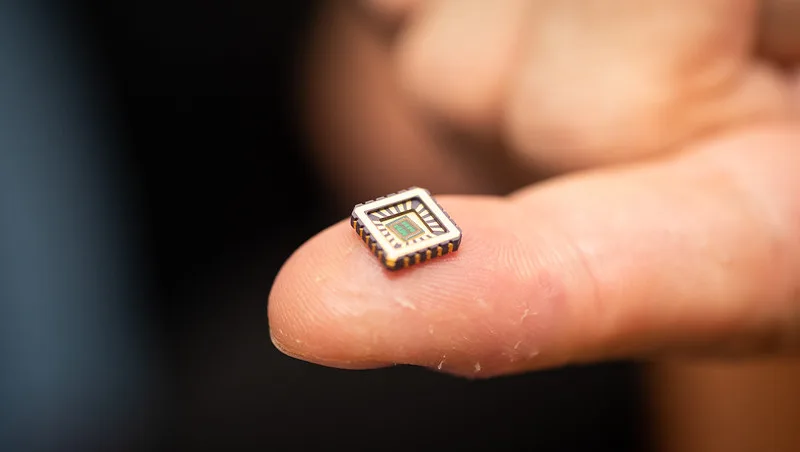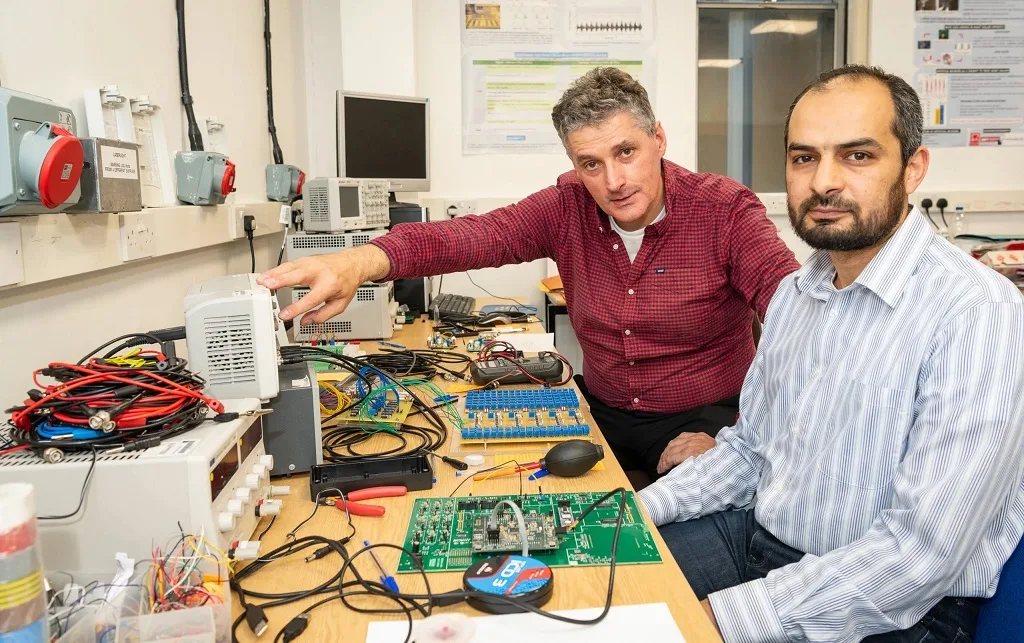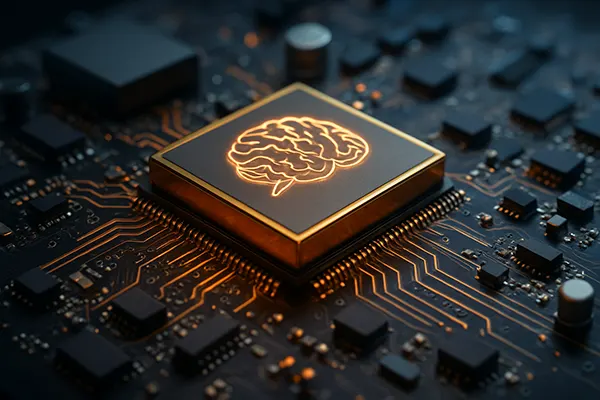
Artificial Neurons on Silicon Chips: A Tech Review
Artificial neurons on silicon chips represent a breakthrough in technology that mimics the functioning of biological neurons. This technology is designed to create networks of neurons that communicate with each other similarly to how neurons in the human brain function. The idea of artificial neurons has been around for decades, but advancements in silicon chip technology have enabled their development at a more practical level. In this review, we will explore what artificial neurons on silicon chips are, how they work, where they are already in use, their potential future applications, and how promising this technology is.
What is the technology, and when did it appear?
Artificial neurons are designed to replicate the behavior of biological neurons found in the brain. The development of these neurons began in the early 20th century, but it wasn’t until the late 1990s and early 2000s that silicon-based artificial neurons became feasible due to improvements in semiconductor technology. Researchers began to integrate artificial neurons with silicon chips, allowing for the creation of networks that mimic the behavior of neural systems. These systems can perform complex tasks like processing information and making decisions, just like the human brain.
Artificial neurons operate through the use of electronic circuits that simulate the way neurons transmit signals through electrical impulses. This technology aims to replicate the functioning of synapses and the transmission of signals between neurons, thereby offering a model for cognitive processes. In recent years, the concept of neuromorphic computing, which relies heavily on these artificial neurons, has gained momentum.
How is the technology structured, and how does it work?
The core structure of artificial neurons on silicon chips involves integrating analog and digital components. The neurons consist of transistors that operate like ion channels in biological neurons, enabling the passage of electrical signals. A single artificial neuron typically contains numerous transistors, capacitors, and resistors to model the input-output behavior of natural neurons. These components work together to process electrical signals in a way that mirrors the neural activity in the brain.
The transmission of information within these networks follows a pattern of electrical pulses or spikes, similar to the spikes generated by biological neurons. When an input signal reaches a certain threshold, the neuron “fires,” sending an output signal to the next neuron in the network. These interactions form the basis of how these systems can learn and adapt to various stimuli. Neuromorphic systems, which use these artificial neurons, offer an efficient and scalable approach to solving complex computational problems.
Where is the technology already in use?
Artificial neurons on silicon chips are currently being utilized in several advanced fields. One key application is in neuromorphic computing, where these systems are used to create more energy-efficient and powerful computers. Traditional computing systems rely on binary logic and require substantial energy to process information. Neuromorphic systems, on the other hand, process information in parallel, similar to how the brain functions, leading to significantly lower energy consumption.
Another important use case is in the development of advanced prosthetics. By embedding artificial neurons in silicon chips, researchers can create more responsive prosthetic limbs that can better mimic the control and dexterity of natural limbs. This technology is particularly useful in restoring movement to individuals with spinal cord injuries or other neurological conditions.
Artificial neurons are also being applied in brain-machine interfaces (BMIs), which allow direct communication between the brain and external devices. This is groundbreaking in medical fields, offering new ways to treat paralysis and other motor dysfunctions.

Where can this technology still be used?
Although artificial neurons on silicon chips are already making strides in neuromorphic computing and medical devices, there is still untapped potential for this technology. One promising area is in robotics, where artificial neurons can help create more autonomous and adaptive robots. These robots could learn and adapt to their environments in real-time, much like how the human brain adjusts to new situations.
Another potential application lies in artificial intelligence (AI) development. Current AI systems, though advanced, still rely on traditional computer architectures that are less efficient than neural networks. Integrating artificial neurons could make AI systems more intuitive, faster, and capable of processing complex information in real time.
Artificial neurons could also revolutionize the field of nanotechnology, where extremely small and energy-efficient computational systems are needed. By combining nanotechnology with artificial neurons, it could be possible to create microscopic devices capable of complex computations, such as smart sensors or advanced medical diagnostic tools.
How promising is this technology?
The future of artificial neurons on silicon chips is incredibly promising. The energy efficiency of these systems makes them ideal for next-generation computing solutions, particularly in a world where energy consumption is a growing concern. Neuromorphic computing, powered by artificial neurons, could offer a more sustainable solution for high-performance computing tasks, such as weather forecasting, scientific simulations, and even everyday tasks like smartphone usage.
In the medical field, the potential for artificial neurons to be integrated into prosthetics and BMIs represents a significant step forward in improving quality of life for people with disabilities. The adaptability of this technology means it can be used in a wide range of applications, from advanced robotics to personalized healthcare solutions.
In conclusion, artificial neurons on silicon chips represent a groundbreaking technology with wide-reaching implications for the future of computing, robotics, medicine, and beyond. As research continues and the technology matures, we can expect to see even more exciting developments in the coming years.





